In the quest to unlock the secrets of aging, scientists have found an unlikely ally in serpents. Snakes, with their remarkable physiological adaptations and diverse lifespans, are emerging as valuable models for aging research. Unlike traditional laboratory animals such as mice and fruit flies, snakes offer unique insights into longevity mechanisms that could potentially benefit human health. Their ability to dramatically slow their metabolism, regenerate tissues, and in some species, live for decades without showing significant signs of aging, has captured the attention of gerontologists worldwide. This fascinating intersection of herpetology and aging research is opening new avenues for understanding how we might address age-related decline in humans.
The Longevity Puzzle in Reptiles

Snakes exhibit extraordinary variation in lifespans, with some species living just a few years while others thrive for decades. The ball python can live up to 30 years in captivity, while some boa constrictors have survived past 40 years. Perhaps most impressively, certain species like the eastern diamondback rattlesnake show minimal senescence—the biological process of deterioration with age—compared to mammals of similar size. This phenomenon has led researchers to investigate what genetic and physiological mechanisms might be responsible for this extended youthfulness. Understanding why these cold-blooded creatures age so differently from warm-blooded animals could provide crucial insights into fundamental aging processes across species.
Metabolic Flexibility and Aging
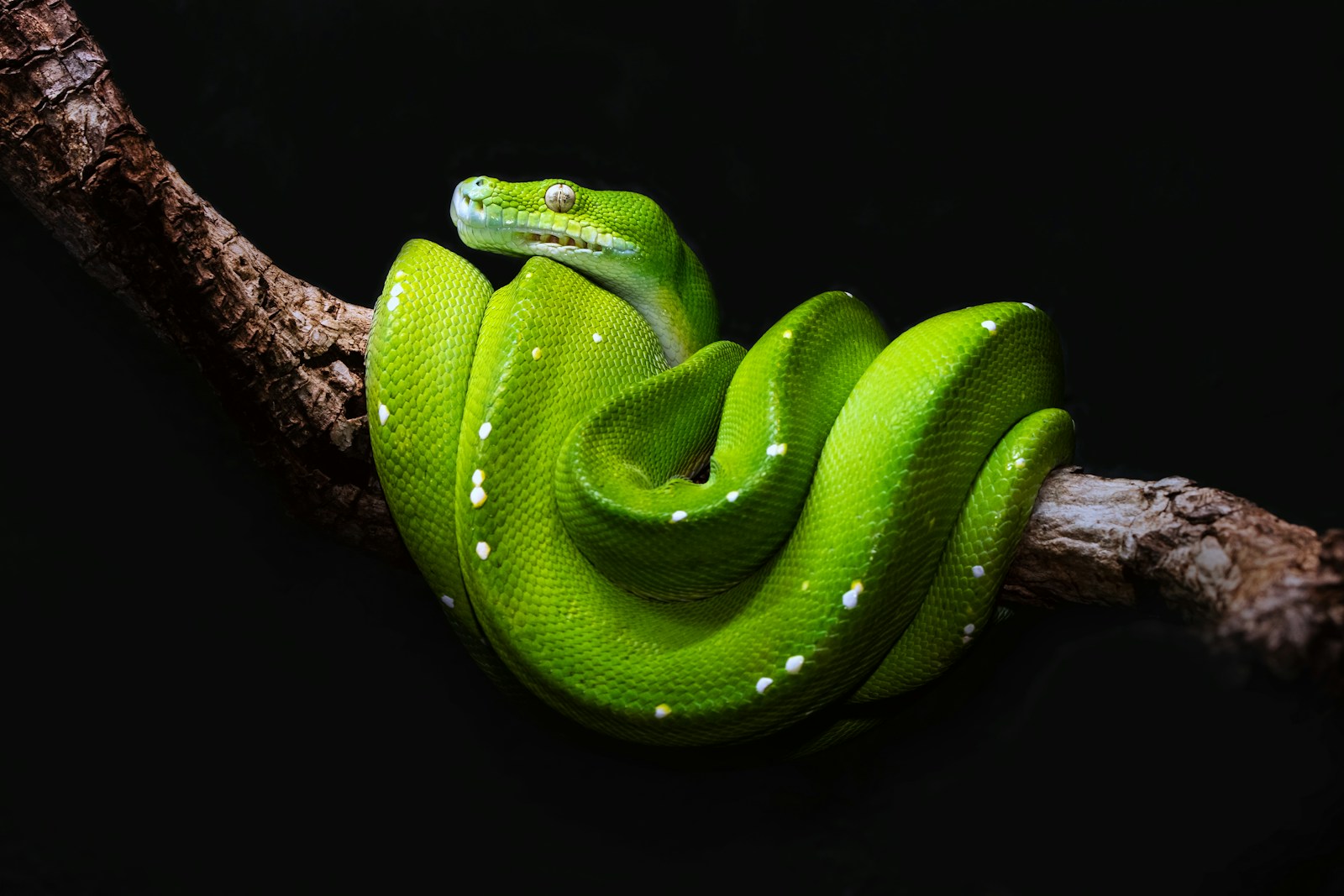
One of the most intriguing aspects of snake physiology is their remarkable metabolic flexibility. Snakes can dramatically reduce their metabolic rate during periods of fasting, sometimes going months or even a year without food while suffering no apparent ill effects. This metabolic downregulation minimizes the production of harmful byproducts of cellular metabolism, including damaging free radicals that contribute to aging in most species. Research suggests that this ability to toggle between different metabolic states may protect snakes from the cumulative cellular damage that typically drives aging. Scientists are now investigating whether similar metabolic switching mechanisms could be therapeutically induced in humans to slow aging processes.
Cellular Regeneration Capabilities

Snakes possess extraordinary regenerative abilities that extend beyond just replacing their skin. Their internal organs, particularly the liver and digestive system, can undergo significant remodeling between feeding cycles. After a large meal, a snake’s digestive organs can nearly double in size, then shrink back down during fasting periods—all without apparent damage to cellular integrity. This cyclical regeneration may help snakes avoid the accumulation of damaged cells that typically occurs with age. Researchers are studying the molecular pathways that enable this regenerative capacity, hoping to identify potential therapeutic targets for treating age-related tissue degeneration in humans.
Telomere Dynamics in Serpents
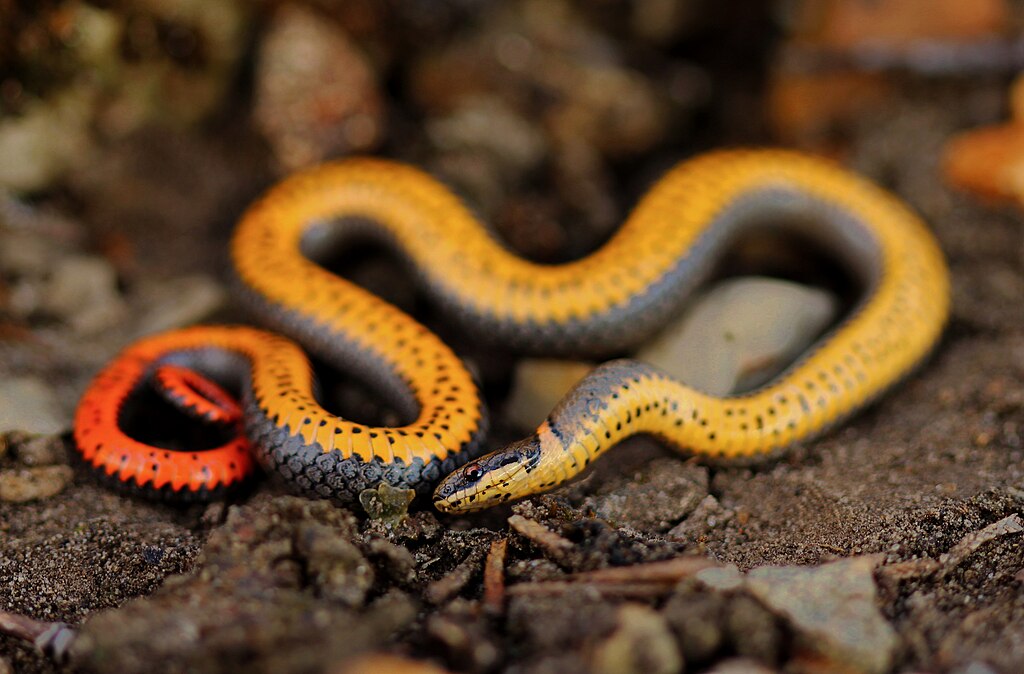
Telomeres—the protective caps at the ends of chromosomes that shorten with each cell division—have long been associated with aging in mammals. Interestingly, some snake species appear to maintain their telomere length throughout life or experience much slower telomere attrition than mammals. The corn snake, for example, shows minimal telomere shortening even in advanced age, potentially contributing to its long lifespan of up to 25 years. Scientists are investigating the enzymes and regulatory mechanisms responsible for this telomere maintenance, including the activity of telomerase, an enzyme that can rebuild telomeres. Understanding how snakes preserve their telomeres could lead to breakthroughs in preventing age-related diseases associated with telomere dysfunction.
Reproductive Senescence and Fertility

Unlike mammals, many snake species show limited reproductive senescence, maintaining fertility well into advanced age. Female pythons and boas can continue producing viable eggs even in their third or fourth decade of life, with minimal decline in reproductive capacity. This contrasts sharply with mammals, where females typically experience a clear reproductive cessation (menopause) well before the end of their potential lifespan. The mechanisms that allow snakes to preserve reproductive function may involve unique hormonal regulation or specialized protection of reproductive tissues from age-related damage. Studying these reproductive preservation mechanisms could inform treatments for age-related fertility decline in humans and provide insights into evolutionary theories of aging.
Immunosenescence Research

The immune system typically weakens with age across species, a process called immunosenescence that leaves older individuals more vulnerable to disease. However, certain snake species appear to maintain robust immune function throughout their lives. Researchers have observed that older snakes can mount effective immune responses comparable to those of younger individuals, suggesting delayed or absent immunosenescence. This preservation of immune competence may contribute to snakes’ longevity by preventing the increased inflammation and infection susceptibility that typically accompany aging. Scientists are now investigating the cellular and molecular basis for this sustained immune function, hoping to identify potential interventions to bolster aging immune systems in humans.
Cardiovascular Adaptations and Aging

The cardiovascular system of snakes offers intriguing insights into heart health and longevity. Unlike mammals, which often develop cardiovascular disease with age, snakes rarely show signs of arterial hardening or heart dysfunction even in advanced years. Their hearts maintain remarkable plasticity, adapting to long periods of fasting and then intense digestive activity without apparent strain. Some species can increase their heart rate and cardiac output by over five times during digestion, then return to baseline without damage. This cardiovascular resilience may involve specialized cellular protective mechanisms or unique extracellular matrix properties that prevent the arterial stiffening common in aging mammals. Researchers hope that understanding these protective factors could inform new approaches to preventing heart disease in humans.
Comparative Genomics Approaches
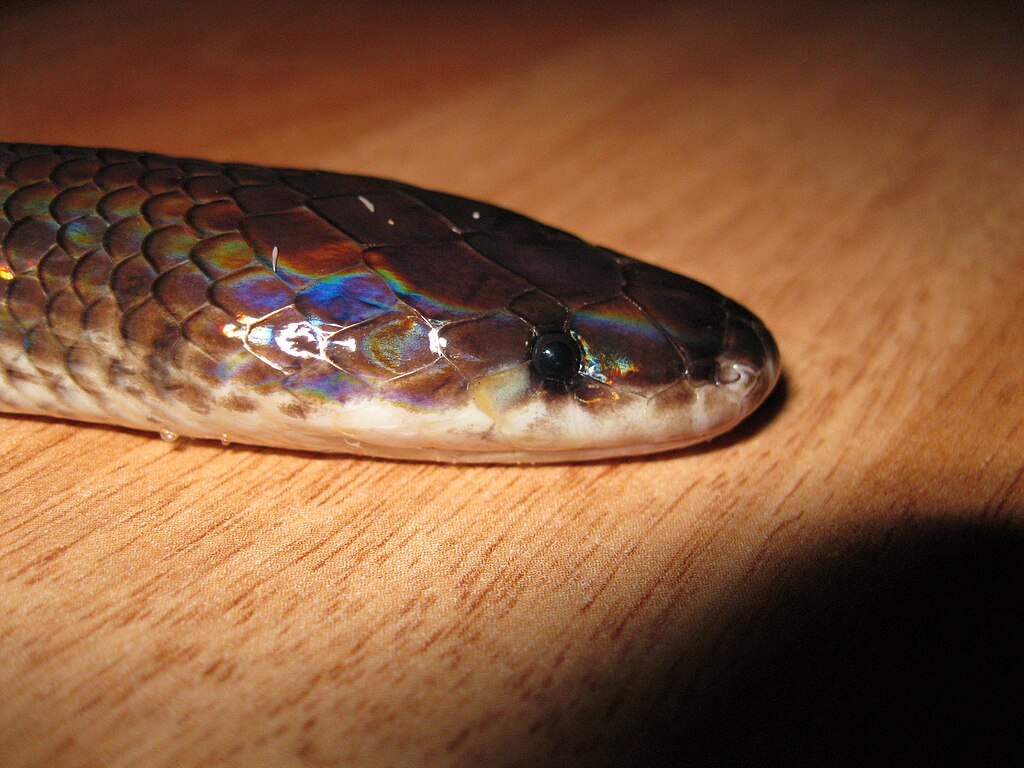
The revolution in genomic sequencing has opened new doors for snake aging research. Scientists are now comparing the genomes of long-lived snake species with shorter-lived relatives to identify genetic factors associated with extended lifespan. For instance, the genome of the Burmese python has revealed unique adaptations in genes related to metabolism, stress response, and DNA repair that may contribute to its longevity. Comparative genomic approaches have identified several “longevity genes” that show enhanced activity or structural differences in long-lived snake species. These genes often regulate fundamental cellular processes such as autophagy (cellular “self-eating”), DNA damage response, and protection against oxidative stress—all critical factors in aging across species.
The Role of Growth Patterns

Unlike mammals, which typically reach a fixed adult size, many snake species continue growing throughout their lives, albeit at a decreasing rate with age. This indeterminate growth pattern appears to correlate with their extended lifespans and delayed senescence. Scientists hypothesize that the molecular pathways supporting this continued growth may simultaneously protect against cellular aging. Growth-related signaling pathways, such as those involving insulin-like growth factor (IGF) and mechanistic target of rapamycin (mTOR), are known to influence lifespan across various species. In snakes, these pathways appear to be uniquely regulated, potentially allowing for both continued growth and cellular maintenance without the trade-offs typically seen in mammals. This balance between growth and longevity represents a fascinating evolutionary adaptation that researchers are eager to understand.
Environmental Influences on Snake Aging
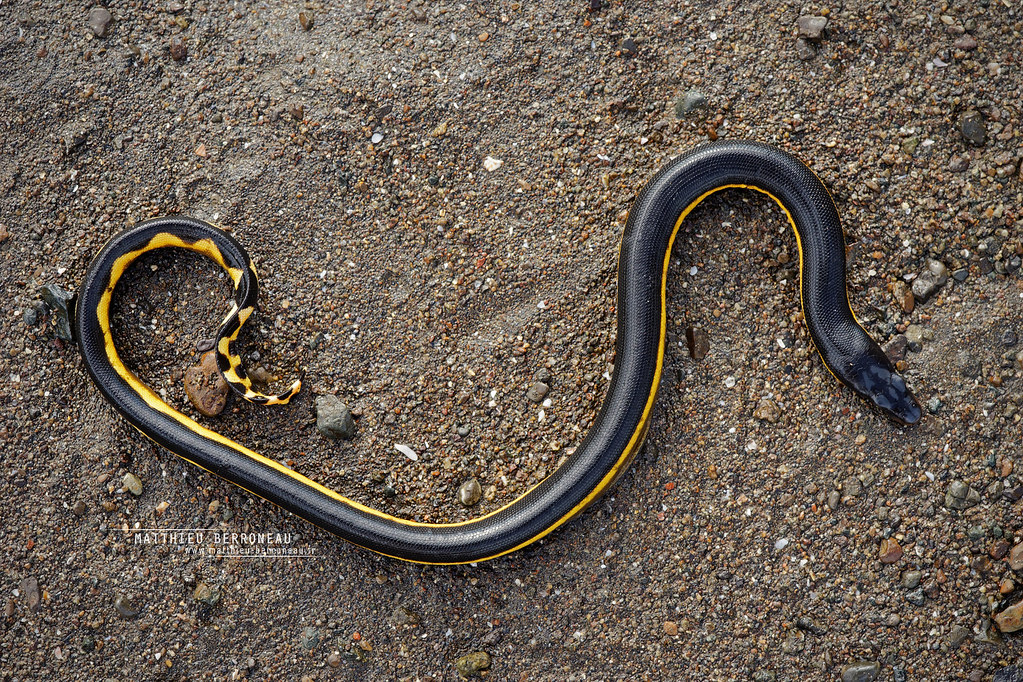
Environmental factors significantly impact aging in snakes, providing valuable insights into how external conditions affect longevity. Temperature, in particular, plays a crucial role in snake metabolism and, consequently, their aging process. Lower ambient temperatures typically slow metabolic processes and may extend lifespan by reducing cellular damage from metabolic byproducts. Some researchers have observed that snakes kept at slightly cooler temperatures (within their healthy range) tend to live longer than those maintained at consistently warm temperatures. This observation aligns with findings from other species where caloric restriction and reduced metabolism correlate with extended lifespan. By studying how environmental factors influence snake aging, scientists hope to better understand the interplay between metabolism, temperature regulation, and longevity across species.
Translational Research Applications

The insights gained from snake aging research are beginning to influence human medical research in promising ways. Several pharmaceutical companies are now investigating compounds that mimic the metabolic flexibility seen in snakes, hoping to develop drugs that could protect human tissues during stress or illness. Other researchers are exploring how the cellular regeneration pathways active in snakes might be activated in human tissues to promote healing and reduce age-related degeneration. Biotech firms are particularly interested in snake-derived enzymes involved in tissue remodeling and cellular repair, which could have applications in treating degenerative diseases. While direct translation from snake biology to human medicine faces significant challenges, the unique adaptations of these reptiles continue to inspire novel approaches to addressing human aging and age-related diseases.
Challenges in Snake Aging Research

Despite its promise, snake aging research faces substantial challenges that complicate progress in the field. The long lifespan of many snake species makes longitudinal studies particularly difficult, often requiring decades of consistent observation and data collection. Laboratory maintenance of snakes also presents unique challenges, including specialized housing requirements, feeding protocols, and veterinary care that differ substantially from traditional lab animals. Additionally, the ethical considerations around working with vertebrates, particularly longer-lived species, create additional regulatory hurdles for researchers. The relative scarcity of funding for reptile research compared to mammalian models further constrains the field’s development. Despite these obstacles, dedicated researchers continue to develop innovative approaches to studying snake aging, including non-invasive monitoring technologies and collaborative networks that share data across institutions.
Future Directions in Serpent Gerontology
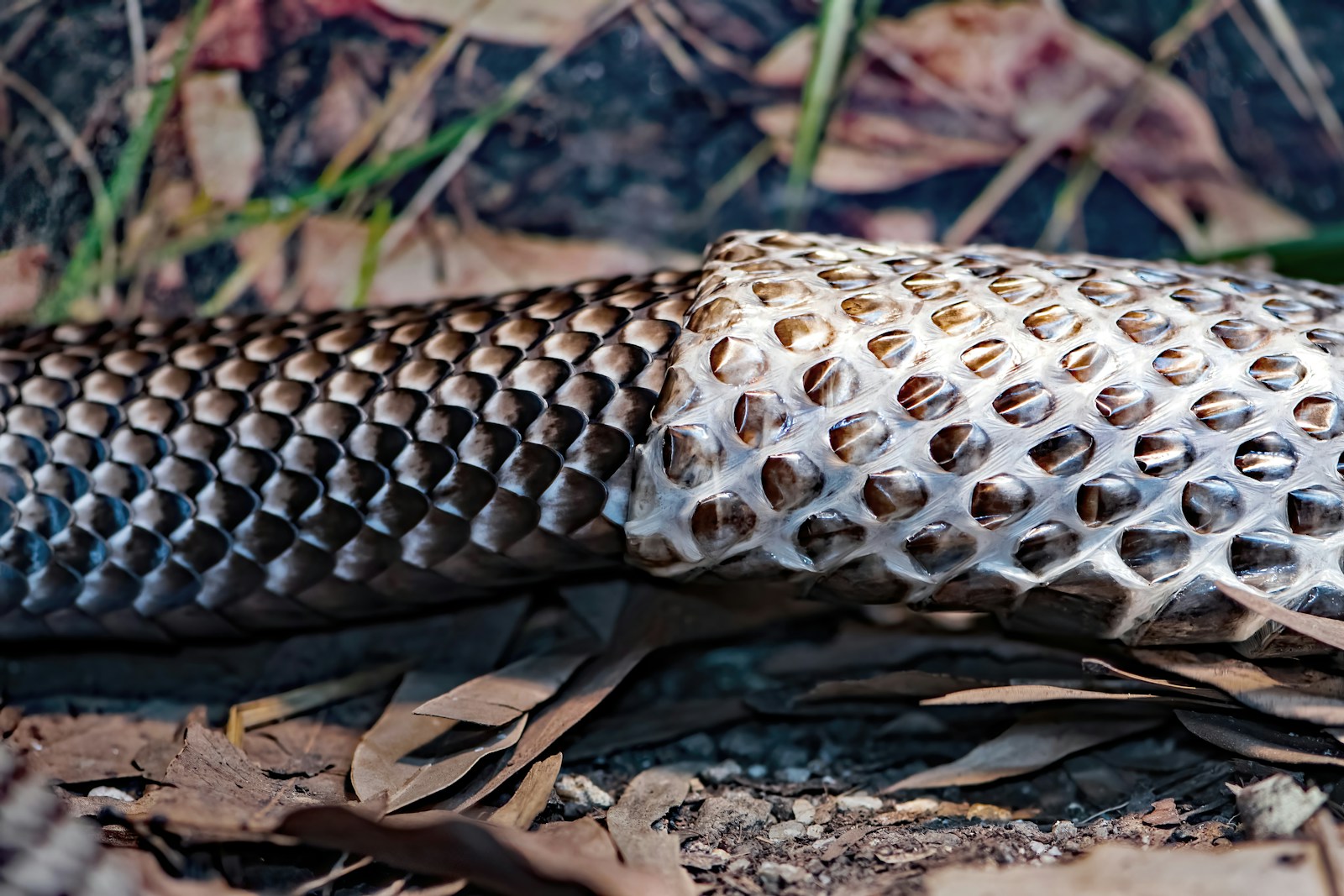
The future of snake aging research looks promising as new technologies enable more sophisticated investigations. Advanced imaging techniques now allow researchers to monitor age-related changes in snake tissues non-invasively, while multi-omics approaches provide comprehensive profiles of age-related molecular changes. Several research institutions have established long-term snake colonies specifically for aging studies, creating valuable resources for future investigations. Collaborations between herpetologists, gerontologists, and evolutionary biologists are expanding, bringing diverse expertise to bear on questions of snake longevity. As climate change threatens many snake species in the wild, there’s also growing urgency to understand their biology before potential extinctions limit research opportunities. This convergence of factors suggests that the coming decades may see significant breakthroughs in our understanding of how snakes defy conventional aging patterns and how these insights might benefit human health.
Conclusion
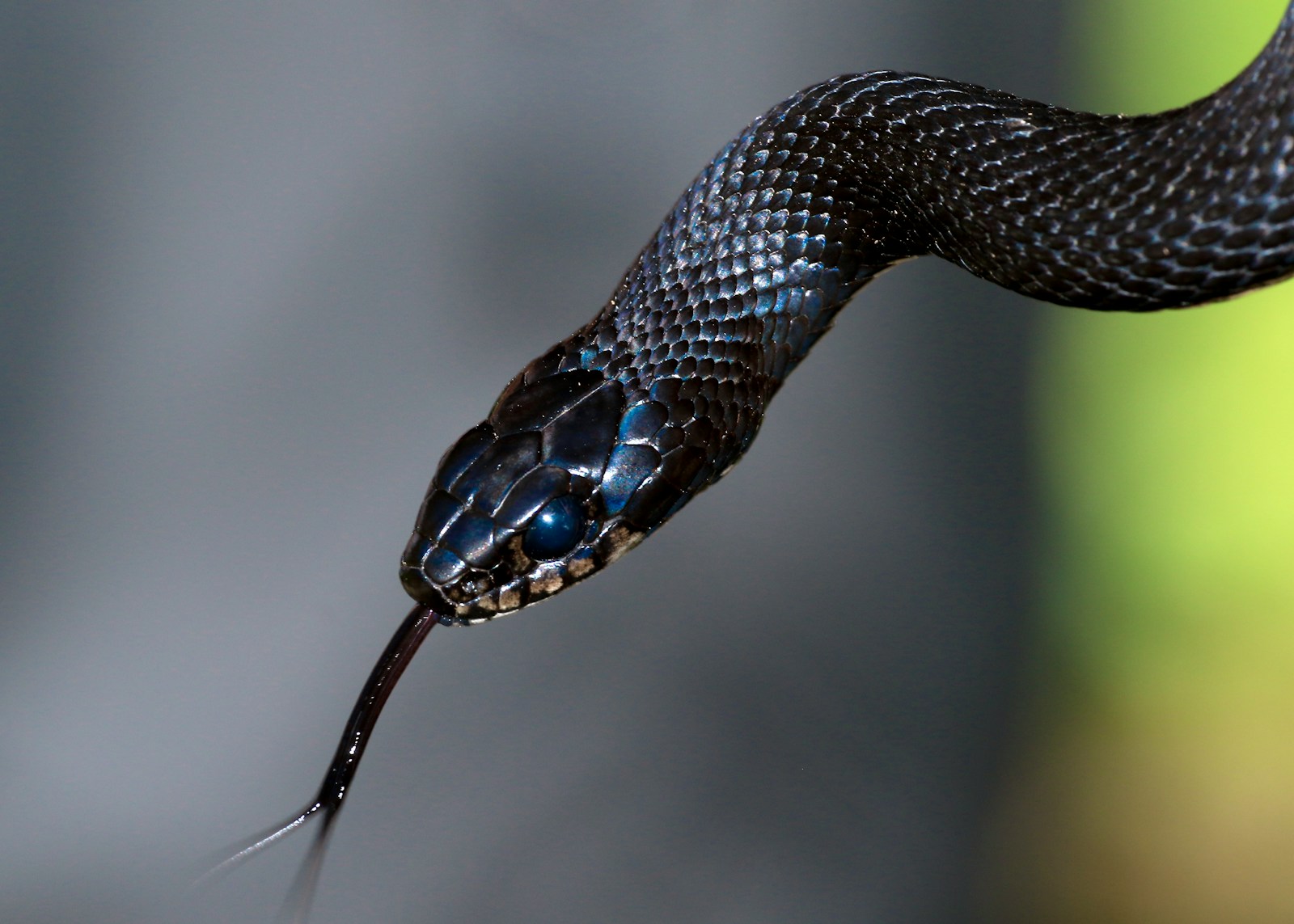
The study of snake aging represents a fascinating frontier in gerontology research. These remarkable reptiles, with their metabolic flexibility, regenerative capabilities, and age-resistant physiological systems, offer unique perspectives on the fundamental processes of aging. While much remains to be discovered about exactly how snakes achieve their impressive longevity, the research conducted thus far has already yielded valuable insights that challenge our understanding of aging as an inevitable decline. As technology advances and cross-disciplinary collaboration increases, snake aging research promises to contribute significantly to the broader quest for healthy human aging. By learning from these ancient reptiles that have been evolving for over 100 million years, we may eventually develop new strategies to address age-related diseases and enhance quality of life in our later years.





